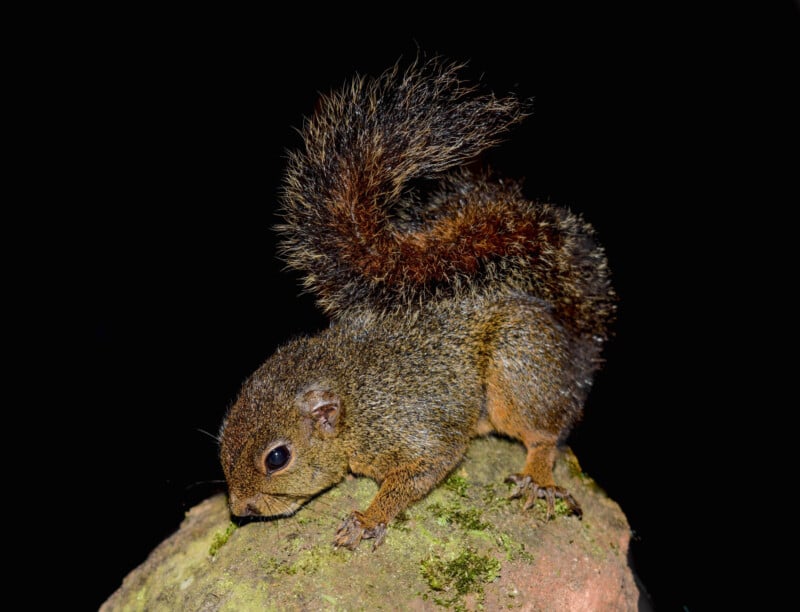Scientists Photograph 27 Newly-Discovered Species Including ‘Blob-Headed Fish’

Researchers discovered 27 animal species new to science on an expedition in Peru including a “blob-headed fish” and a type of semi-aquatic mouse.
The new species were discovered during an expedition conducted by scientists from the environmental non-profit Conservation International and members of local indigenous groups to Alto Mayo landscape of northwestern Peru, which includes the Amazon rainforest.
The 38-day expedition covered about 1.9 million acres of forest and agricultural areas containing a diverse range of ecosystems.
However, the researchers were not expecting to unearth so many species new to science. By the end of their 38-day expedition through the Alto Mayo landscape, they had uncovered 27 never-before-seen species including four mammals, eight fish, three amphibians, and 10 butterfly species.


Conservation International says another 48 other new species may also have been found, but further study will be needed to determine whether they are new to science.
One of the most remarkable discoveries was an amphibious mouse with partially webbed feet, adapted for life in the water. It belongs to a rare group of semi-aquatic rodents, among the world’s most elusive, with only a few known species ever observed by scientists.
The other new mammals the team discovered were a spiny mouse, a short-tailed fruit bat, and a dwarf squirrel.



Also described for the first time was the “blob-headed” fish, which gets its name from its enlarged, blob-like head. Fish experts involved with the survey had never seen a feature like this before.
“The blob-headed fish has an incredibly bizarre head that looks almost like a giant swollen nose,” Trond Larsen, who leads Conservation International’s Rapid Assessment Program in the Moore Center for Science, tells CNN. “Scientists have never seen anything like it, and we don’t know what the function of this bizarre blob-like structure is.”
The scientists have theorized that that the blob helps the animal detect food, but it still “remains a mystery.”
Conservation International’s expedition was carried out in 2022. However, the team only revealed the results in a study published in December.
“Discovering four new mammals in any expedition is surprising – finding them in a region with significant human populations is extraordinary,” Larsensays in a news release.
“This is a vibrant, dynamic mosaic of ecosystems, both natural and anthropogenic, that we must maintain and restore if we hope to protect the species found there.”
Image credits: All photos by Conservation International.
Source link



